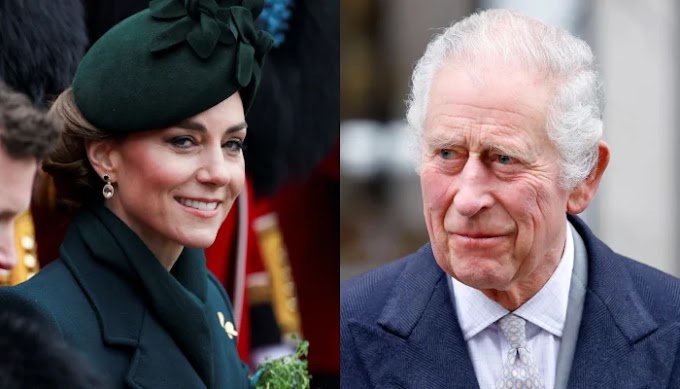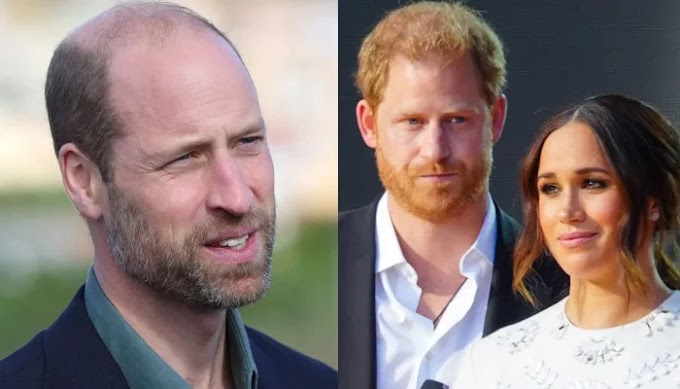Despite efforts to cut royal costs, the King's extravagant habits risk undermining both his legacy and the monarchy’s modern image.
King Charles, widely recognised for his commitment to sustainability and environmental protection, is now facing scrutiny over personal habits that appear to contradict his public advocacy—and could create long-term challenges for the monarchy.
Although the King has taken steps to reduce the financial burden on the Crown—by narrowing senior royal roles and limiting privileges for non-working family members—his own extravagant lifestyle seems to stand at odds with those reforms.
According to royal author and former Vanity Fair editor Tina Brown, the monarch has adopted the expensive ways of his late grandmother, Queen Elizabeth The Queen Mother. In The Palace Papers, Brown notes that Charles aspired to “out-granny Granny” by replicating her Edwardian-style grandeur and staffing levels.
The Queen Mother was famed for her opulent lifestyle and multiple staffed residences. Charles, influenced by this legacy, appears to have followed suit. In one striking example, he reportedly sent staff ahead of a visit to the north of England to refit the guest accommodation with personal furniture—including his own bed, linen, and even a custom lavatory seat.
The King's travel entourage is also said to include personal comforts such as Laphroaig whisky, specific brands of toilet paper, and landscape paintings of the Scottish Highlands. In his wardrobe, handmade shirts reportedly retail for over $1,300 each.
These revelations raise questions about the credibility of the King's sustainability messaging. Critics argue that while Charles is tightening the royal purse strings for others, his own spending habits could erode public support for the institution.
Ultimately, the contradiction between the King’s public image and private preferences may not only damage his personal legacy but also complicate efforts to modernise and preserve the monarchy in a cost-conscious era.












